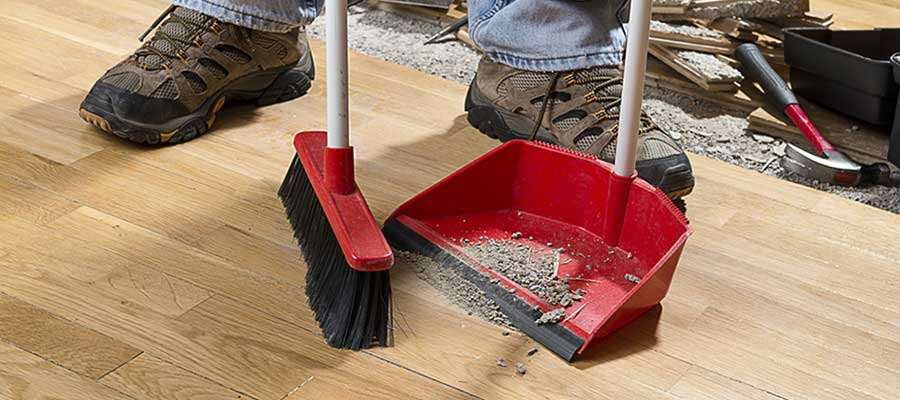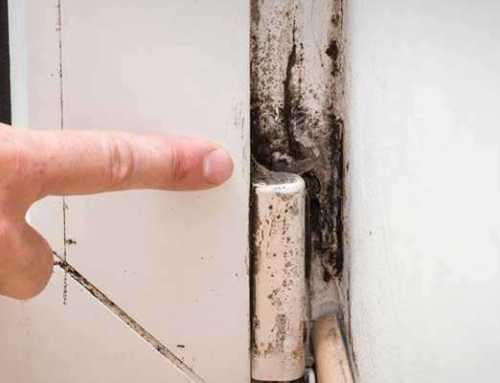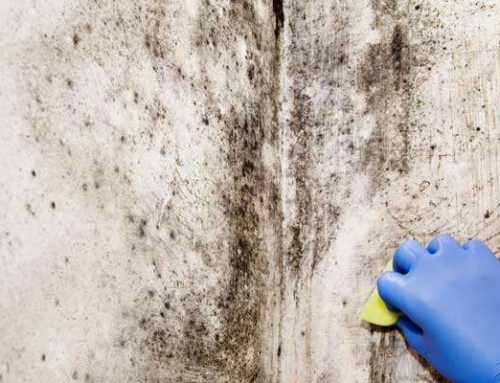What Level of Mold Spores are Considered Dangerous?
- Pennicillium/Aspergillus: The most common mold species found in indoor air samples is Penicillium/Aspergillus. There are hundreds of sub-species, the majority of which are allergenic with only a few being toxic. This group of mold species uses the humidity in the air as its only water source.
- Cladosporium: Cladosporium is a common mold species that is considered to be allergenic.
- Culvularia: This is another common allergenic mold species.
- Chaetomium: Chaetomium mold is used as a common water marker that indicates the presence of wet paper or wet drywall.
- Stachybotrys: This is a common toxic mold species, however, not all its sub-species are toxic. Stachybotrys mold needs a direct water source for growth.
- Memnoniella: This is a sister species of Stachybotrys and the two species often grow together. Memnoniella mold is also considered to be toxic.
Because the species and levels of mold spores differ from state to state, agreements between analysts and scientists are hard to come by. As a rule of thumb, a comparison to an outdoor air sample is generally used to determine the count for mold spores. In the following mold spore ranges, the ‘spore/m3 number for each species is used and not the raw count when interpreted in an ‘Air Sample Report’ from a laboratory.
What can be Considered a High Mold Count?
– 0 – 50
A trace level of 0 – 50 spores are not considered to be an issue. Even the toxic Stachybotrys species is not considered to be an issue at this level unless the sample also contains water markers like Fusarium or Cheatomium or high levels Penicillium/Aspergillus.
– 50 – 200
These spore levels are still very low and only the toxic mold species of Memnoniella and Stachybotrys are considered to be an issue at this level.
– 200 – 500
At this level, the most common species like Penicillium/Aspergillus, Curcularia, and Cladosporium are not an issue and considered to be within the normal range.
– 500 – 1500
Sometimes Cladosporium and Penicillium/Aspergillus spores are found at this level and do not require remediation. If mold or water intrusion was not present during the inspection, these levels could be attributed to normal living conditions in an enclosed environment.
– 1,500 – 3,000
At this level of spore count, there may be an issue unless the number corresponds to spores found in an outdoor sample. If mold or water intrusion was not found during the inspection, these levels could be due to a dusty home or a clogged AC system.
– 3,000 – 10,000
If a corresponding number of spores does not exist in an outdoor sample and a mold spore source is identified, remediation will be needed. If there was no mold issue or evidence of water intrusion, the duct system may need cleaning as well as general cleaning of the interior of the home to get rid of the mold spores.
– 25,000 – 75,000
At this level, a mold issue will be clearly evident and remediation will be required. Mold remediation should only be carried out by a professional mold remediation company like Environmental Mold Experts LLC.



